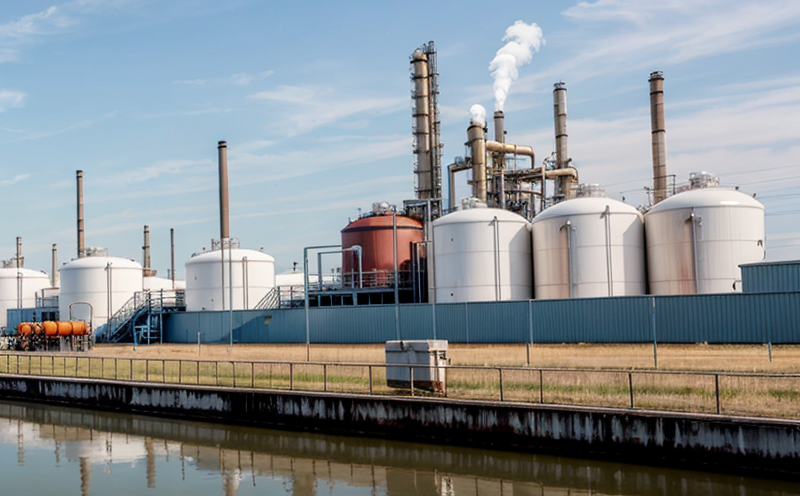EPA 8082 PCB Chemical Safety Testing
The Environmental Protection Agency (EPA) Method 8082 is a widely recognized and stringent protocol for the analysis of polychlorinated biphenyls (PCBs), which are hazardous chemical compounds that have been banned in many countries due to their environmental persistence, bioaccumulation potential, and toxicity. This method has been specifically designed to ensure accurate and reliable detection levels of PCBs in various matrices such as water, soil, air, and solid waste.
The EPA 8082 method is a gas chromatography (GC) with flame ionization detector (FID), typically combined with thermal desorption (TD). This combination allows for the analysis of both volatile and semi-volatile PCB congeners. The use of this method ensures that even trace amounts of these contaminants can be detected, which is crucial for ensuring compliance with environmental regulations.
The testing process involves a series of steps to ensure accurate results. First, sample collection must be done according to established protocols to avoid contamination and ensure the integrity of the sample. The collected samples are then prepared using precise methods that include extraction techniques such as solvent-based extraction or solid-phase microextraction (SPME). Once the samples are prepared, they undergo a series of purification steps to remove interfering compounds before analysis.
The analytical process itself is highly sensitive and requires careful calibration of instruments. The GC-FID system used in this method provides high sensitivity and selectivity for detecting PCB congeners. The use of thermal desorption ensures that even trace amounts of volatile PCBs can be detected, making it a comprehensive approach to PCB analysis.
After the analytical process is complete, the results are analyzed according to EPA guidelines. These guidelines provide strict criteria for reporting limits and acceptable concentrations of PCBs in various matrices. Compliance with these standards is critical for ensuring that environmental impacts are minimized and public health risks are reduced.
The importance of this testing cannot be overstated, especially given the potential long-term effects of PCB exposure on human health and ecosystems. By adhering to EPA 8082, laboratories ensure that they are providing accurate, reliable data that can inform critical decisions regarding environmental remediation and compliance with legal regulations.
Scope and Methodology: This table outlines the key components of the EPA 8082 method:
| Component | Description |
|---|---|
| Sample Collection | Follows strict protocols to prevent contamination. |
| Preparation | Involves extraction and purification steps. |
| Analytical Process | Uses GC-FID with thermal desorption for detection. |
| Data Analysis | Follows EPA guidelines for reporting limits. |
Applied Standards: The method is based on the following standards:
- EPA Method 8082
- ISO 17025 (for laboratory accreditation)
- ASTM D3960 for solid samples
- EN ISO 14972 for liquid samples
Use Cases and Application Examples: This table provides examples of how the EPA 8082 method is applied:
| Application | Description |
|---|---|
| Environmental Remediation | Detecting PCBs in contaminated soil and water to guide remediation efforts. |
| Compliance Monitoring | Ensuring compliance with environmental regulations regarding PCB levels. |
| R&D Projects | Supporting research into the long-term effects of PCB exposure on ecosystems. |
| Industrial Waste Management | Determining PCB content in industrial waste to ensure proper disposal. |
Frequently Asked Questions





